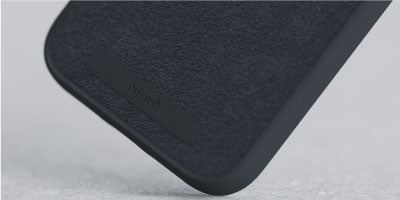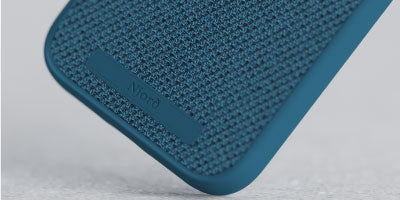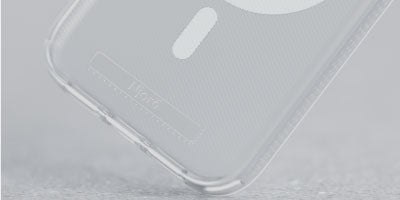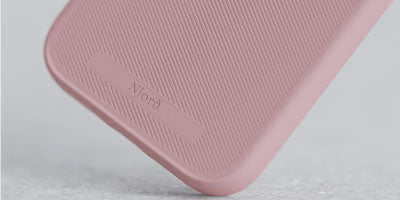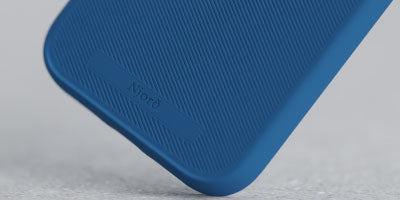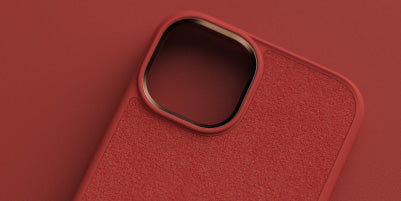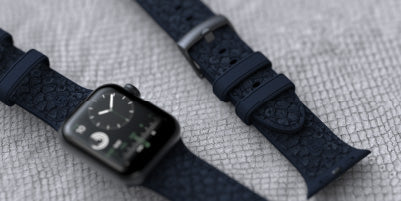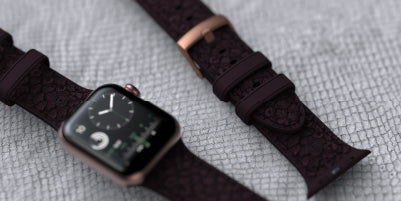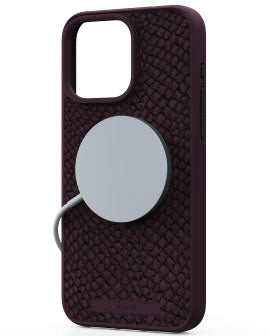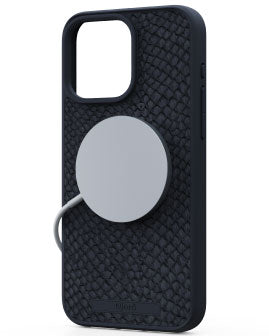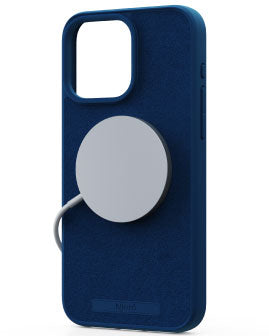Stain Guide for Fabrics & Suede
Chocolate, Grease and Sweets
Wash with lukewarm water containing a neutral detergent
Jam, Syrup, Fruit and Juice
Remove as much as possible with tissue, then wash with lukewarm water containing neutral detergent.
Chewing Gum
Cool with ice blocks in a plastic bag or frozen item. Scrape away. Any remaining gum can be carefully removed with benzene.
Coffee, Tea and Milk
Remove as much as possible with blotting paper. Wash with water containing a neutral detergent.
Nail Polish
Dab with nail polish remover. Use acetone if the spot does not disappear.
Ballpoint Pen and Cosmetics
Clean with methylated spirit
Paint
Oil-based: Clean with turpentine and dab with lukewarm water containing a neutral detergent.
Water-based: Wash with cold water containing a neutral detergent. Ask an expert if the spot is old.
Water-based: Wash with cold water containing a neutral detergent. Ask an expert if the spot is old.
Ink
Remove as much as possible with blotting paper. Clean with 20% methylated spirit. Then wash with lukewarm water containing a neutral detergent.
Oil
Sprinkle talcum on the spot and allow it to work. Brush it away and carefully dab with a cloth moistened with benzene or methylated spirit
Wine and Spirits
Remove as much as possible with blotting paper. Wash with water containing a neutral detergent and clean with thinned methylated spirit.




